The convenience and accessibility of e-commerce stores have thrown traditional retail into a whirlwind. Picking great locations and stocking shelves on gut instinct doesn’t cut it anymore. If you want to stay afloat, you need data-driven insights—and data enrichment is the way to get them. 📋
This simple process can reveal who your customers are, what they want, and how they behave. With that kind of detail, you can turn challenges like inflation, supply chain disruptions, and shifting consumer habits into opportunities.
If you want to know more about reshaping the retail industry with data enrichment, keep reading to find out what it is, how you can use it, and how to make it work for you. 📈
What Is Data Enrichment?

Data enrichment is the process of sourcing and adding supplementary data points to your existing data. It provides a fresh layer of customer insights to your existing CRM data, so you can better understand both current and potential customers. 🧑
The purpose of this process is to improve the database for:
- ✅ Quality
- ✅ Accuracy
- ✅ Comprehensiveness
Data enrichment and enhancement aren’t limited to customer data, as you can also use it to collect info on your market and competitors.
To pull all that information, you can use both first-party and third-party sources. One option is to use surveys and feedback forms, but that limits you to the data customers voluntarily provide, which won’t always be comprehensive.
External sources are more reliable and abundant as they let you collect data from:
- Websites
- Data providers
- Social media
- Public records
The type of information you can collect this way is much more diverse. 🗂️
Types of Data Enrichment in the Retail Industry
What data points you’ll focus on depends on what you’re trying to achieve. If you’re getting ready for promotions, you’ll want to look into market trends, competitors’ pricing, and customer buying patterns. To personalize your newsletter, you’ll need to collect details about individual preferences, past interactions, and engagement history. 🖱️
There are numerous types of data you can collect. Here are some of the most important ones for the retail industry:
How Does Data Enrichment in Retail Work?

Data enrichment begins with your raw data. Based on the information you already have, you can search for additional data points that give you a complete picture of your customers. 🖼️
For example, let’s say you manage a chain of retail stores and have a list of customers who’ve made recent purchases. Right now, you might only have their basic contact details and purchase history.
With data enrichment, you can add information like their shopping habits, preferences, and demographic details. This enriched data helps you understand buying patterns, predict future purchases, and personalize your promotions to better match their interests. As a result, you can create targeted marketing campaigns that resonate more with your customers and drive sales. 🛍️
This is only one out of endless applications. So, let’s see what else you can use data enrichment for and how it can benefit your retail business.
How Can Retailers Use Data Enrichment?

Data enrichment has numerous applications, so we’ve narrowed them down to these five to give you a sense of how it can be used in retail:
- Improving inventory management 📦
- Optimizing supply chain 🚚
- Building meaningful connections with your customers 🤝
- Setting a more effective pricing strategy 💲
- Creating effective marketing campaigns that increase ROI 🚀
Improving Inventory Management
With data enrichment, you can forecast demand based on facts, statistics, and expert predictions. By pulling data on trends, product demand, customer behavior, and seasonal patterns, you’ll have a clearer understanding of what your customers want and when they’re most likely to buy. 🛒
After you analyze all that data, you’ll be able to improve your inventory management to:
- ✔️ Reduce overstock or out-of-stock situations
- ✔️ Optimize inventory turnover
- ✔️ Anticipate seasonal demand shifts
- ✔️ Give more accurate order forecasts
- ✔️ Maximize profitability
Optimizing Supply Chain
The retail supply chain can be complicated since it involves a lot of different players, from suppliers and manufacturers to distributors and logistics providers. If you only operate based on basic data, there are bound to be gaps in your forecasting and decision-making. Data enrichment can change that. 🌟
By adding real-time data like shipping times, transportation costs, and supplier performance, you can optimize your supply chain processes and cut down on costs.
For example, you can start with the basics, like your inventory levels and sales history. Then, you can enrich that data with insights like supplier performance, upcoming holidays, or regional events that may affect demand for certain products at certain locations. That’s how you ensure you have the right products in the right place at the right time. ⏱️
Building Meaningful Connections With Your Customers
That personal connection to customers is retail’s major advantage over e-commerce. ➕
The problem is that good service won’t suffice if the rest of the shopping experience falls short. If products are out of stock, prices are inconsistent, or you don’t try to connect with customers through marketing, even the best customer service won’t be able to make up for those frustrations.
Data enrichment can help you personalize their experience both in and out of the store with customer insights such as:
- Demographic info that reveals your ideal customer profile 🧑🤝🧑
- Personal preferences 🩰
- Purchasing behavior 💳
- Characteristics 🎩
With such abundant data, you’ll be able to understand your customers and cater to their needs better, which means they’ll be more likely to stick around and choose your store over another.
Setting More Effective Pricing Strategy
If you want to set optimal pricing to drive more sales, data enrichment is the way to go. It can help you collect data on:
- 💲 Competitors’ pricing
- 💲 Demand patterns
- 💲 Market trends
- 💲 Regional pricing differences
Once you have that information, you can create a pricing strategy that helps you stay competitive. If you make data enrichment an ongoing practice, you’ll be able to refine your pricing approach in real time, adapt to new trends, and seize pricing opportunities the moment they arise. 📊
Creating Effective Marketing Campaigns That Increase ROI
Instead of using a cookie-cutter approach, data enrichment can help you personalize your marketing strategy. 🎭
For starters, enriched customer data can help you segment your customers more precisely. By breaking them down into categories like age, gender, purchasing habits, or location, you can tailor your marketing efforts to fit each group. This way, your marketing emails and promotions become more relevant and effective.
More targeted ads, promotions, and product recommendations can then lead to:
- Improved engagement 🖱️
- Better conversion rates 📈
- Increased cart value 🛒
- Higher ROI 💰
💡 Bonus read: Check out our guide on the benefits of data enrichment to learn more about why it’s worth it. After that, learn about supplementing popular CRMs like HubSpot and Salesforce and how you can achieve that using data enrichment API.
How To Enrich Data

You can take two routes to enrich your data:
- Do the research by hand
- Use data enrichment tools
The first option isn’t the most practical solution for retailers unless you have a team with endless time and resources. Manually gathering and updating data means someone has to search for, find, and enter every new data point by hand. This is both time-consuming and prone to mistakes.
With data enrichment services, you can put this process on autopilot. All you have to do is pick a tool, link it to your CRM or other system, and watch it handle the work for you.
Besides augmenting your database, these tools can also:
- Verify existing data points ✔️
- Spot and remove outdated and duplicate data ✔️
- Format and standardize data ✔️
- Update contact information ✔️
The only thing about enrichment tools that can take away a lot of your time is choosing the right one. Below are some key factors that can help you find the perfect fit:
If you don’t feel like going through countless options, we’ve done the legwork for you. After revising dozens of top data enrichment companies, we’ve found the one that’s the complete package—Clay. 🔥
This intuitive platform comes with advanced enrichment features, links to over 100 apps and platforms, and lets you add unlimited users, all at an affordable price. Let’s zoom in on what it brings to the table. 🔎
Clay’s Powerful Data Enrichment Solutions

Clay is a data enrichment tool and sales automation platform with incredible data coverage and AI-powered features. 🦾
While some tools pull data from a single source, Clay taps into over 50 data providers to ensure no stone is left unturned. You can use it to collect demographic, psychographic, behavioral, or any other type of data.
Here’s how you can put it into action:
- Pick the data you need and the data providers you want to gather information from 👈
- Set waterfall enrichment in motion, and it will look into data sources one by one to ensure precision 🌊
- Watch as Clay populates your table with the data you asked for 🗃️
After that, you can push the data to your CRM or export it as a CSV file.
What’s also great about Clay is that you only pay for successful matches, so you’re always getting value for your money. 💰

If you want to keep your CRM always up-to-date, Clay’s Clay’s CRM enrichment can get the job done. It has a two-way sync, so as soon as it finds new info, it will be added to your CRM.
With Clay, you can also forget about dealing with data formatting. It takes care of everything for you, including normalizing:
- Names
- Location
- Company name
- Domains
Let Clay’s AI Features Do the Work for You
If you want to dive into market trends, predictions, or industry forecasts, AI enrichment can be an invaluable tool. It can save you hours of research by:
- Scraping and summarizing websites 🖥️
- Reading and analyzing PDFs 📃
- Synthesizing your research 📋
It’s like having a new member of your team who’s always on the clock and delivers data at lightning speed. ⚡
You’ll get another AI assistant in the form of Claygent. This is an AI-web scraper that works a lot like ChatGPT. Just give it a prompt, like asking it to find a specific data point, and it’ll get you an answer in no time.

Clay can also help with your marketing campaigns with its intuitive AI Email Builder. This tool pulls data from your Clay table to create emails that resonate with your customers. It’s hyper-personalization at its best. 🙌
You can then send these emails to your sequencer, and your email campaign will be set.
How Much Does Clay Cost?
Clay doesn’t ask for instant commitment. Instead, you can sign up for a free plan with no time limitations.
You’ll get 100 monthly credits to try out all of Clay’s features which is a great way to see how the platform works for you. ⚙️
Unlike other platforms that want to lock you into long-term contracts, Clay offers flexible month-to-month plans. This way, you can use the platform only for as long as you need it.
If you do choose to commit long-term, you can opt for an annual plan, which gives you a discount and all your credits up front. 💫
Clay also gives you control over how much you spend. With each plan, you pick the exact amount of credits you want.
Here’s the breakdown of its paid tiers:
This kind of flexibility combined with top-of-the-line features pretty much explains why Clay has hundreds of glowing reviews. Here’s just one of them:

Create Your Free Clay Account in No Time
Signing up for Clay is beyond easy. All you need to do to set up your free account is follow these three steps:
- Go to the signup page ✏️
- Enter the requested information ⌨️
- Start using Clay 😍
If you want a little guidance on how to make the most of its features, visit Clay University and watch detailed video walkthroughs that show you all the tricks. You can also pick up some tips from Clay users by joining the Slack community.
Another helpful resource is Clay’s newsletter, so feel free to sign up for industry news and updates.
💡 Keep reading: We’ve got plenty of guides on data enrichment that can show you how this process can transform your business from startup to enterprise. Here are just some of them:
The convenience and accessibility of e-commerce stores have thrown traditional retail into a whirlwind. Picking great locations and stocking shelves on gut instinct doesn’t cut it anymore. If you want to stay afloat, you need data-driven insights—and data enrichment is the way to get them. 📋
This simple process can reveal who your customers are, what they want, and how they behave. With that kind of detail, you can turn challenges like inflation, supply chain disruptions, and shifting consumer habits into opportunities.
If you want to know more about reshaping the retail industry with data enrichment, keep reading to find out what it is, how you can use it, and how to make it work for you. 📈
What Is Data Enrichment?

Data enrichment is the process of sourcing and adding supplementary data points to your existing data. It provides a fresh layer of customer insights to your existing CRM data, so you can better understand both current and potential customers. 🧑
The purpose of this process is to improve the database for:
- ✅ Quality
- ✅ Accuracy
- ✅ Comprehensiveness
Data enrichment and enhancement aren’t limited to customer data, as you can also use it to collect info on your market and competitors.
To pull all that information, you can use both first-party and third-party sources. One option is to use surveys and feedback forms, but that limits you to the data customers voluntarily provide, which won’t always be comprehensive.
External sources are more reliable and abundant as they let you collect data from:
- Websites
- Data providers
- Social media
- Public records
The type of information you can collect this way is much more diverse. 🗂️
Types of Data Enrichment in the Retail Industry
What data points you’ll focus on depends on what you’re trying to achieve. If you’re getting ready for promotions, you’ll want to look into market trends, competitors’ pricing, and customer buying patterns. To personalize your newsletter, you’ll need to collect details about individual preferences, past interactions, and engagement history. 🖱️
There are numerous types of data you can collect. Here are some of the most important ones for the retail industry:
How Does Data Enrichment in Retail Work?

Data enrichment begins with your raw data. Based on the information you already have, you can search for additional data points that give you a complete picture of your customers. 🖼️
For example, let’s say you manage a chain of retail stores and have a list of customers who’ve made recent purchases. Right now, you might only have their basic contact details and purchase history.
With data enrichment, you can add information like their shopping habits, preferences, and demographic details. This enriched data helps you understand buying patterns, predict future purchases, and personalize your promotions to better match their interests. As a result, you can create targeted marketing campaigns that resonate more with your customers and drive sales. 🛍️
This is only one out of endless applications. So, let’s see what else you can use data enrichment for and how it can benefit your retail business.
How Can Retailers Use Data Enrichment?

Data enrichment has numerous applications, so we’ve narrowed them down to these five to give you a sense of how it can be used in retail:
- Improving inventory management 📦
- Optimizing supply chain 🚚
- Building meaningful connections with your customers 🤝
- Setting a more effective pricing strategy 💲
- Creating effective marketing campaigns that increase ROI 🚀
Improving Inventory Management
With data enrichment, you can forecast demand based on facts, statistics, and expert predictions. By pulling data on trends, product demand, customer behavior, and seasonal patterns, you’ll have a clearer understanding of what your customers want and when they’re most likely to buy. 🛒
After you analyze all that data, you’ll be able to improve your inventory management to:
- ✔️ Reduce overstock or out-of-stock situations
- ✔️ Optimize inventory turnover
- ✔️ Anticipate seasonal demand shifts
- ✔️ Give more accurate order forecasts
- ✔️ Maximize profitability
Optimizing Supply Chain
The retail supply chain can be complicated since it involves a lot of different players, from suppliers and manufacturers to distributors and logistics providers. If you only operate based on basic data, there are bound to be gaps in your forecasting and decision-making. Data enrichment can change that. 🌟
By adding real-time data like shipping times, transportation costs, and supplier performance, you can optimize your supply chain processes and cut down on costs.
For example, you can start with the basics, like your inventory levels and sales history. Then, you can enrich that data with insights like supplier performance, upcoming holidays, or regional events that may affect demand for certain products at certain locations. That’s how you ensure you have the right products in the right place at the right time. ⏱️
Building Meaningful Connections With Your Customers
That personal connection to customers is retail’s major advantage over e-commerce. ➕
The problem is that good service won’t suffice if the rest of the shopping experience falls short. If products are out of stock, prices are inconsistent, or you don’t try to connect with customers through marketing, even the best customer service won’t be able to make up for those frustrations.
Data enrichment can help you personalize their experience both in and out of the store with customer insights such as:
- Demographic info that reveals your ideal customer profile 🧑🤝🧑
- Personal preferences 🩰
- Purchasing behavior 💳
- Characteristics 🎩
With such abundant data, you’ll be able to understand your customers and cater to their needs better, which means they’ll be more likely to stick around and choose your store over another.
Setting More Effective Pricing Strategy
If you want to set optimal pricing to drive more sales, data enrichment is the way to go. It can help you collect data on:
- 💲 Competitors’ pricing
- 💲 Demand patterns
- 💲 Market trends
- 💲 Regional pricing differences
Once you have that information, you can create a pricing strategy that helps you stay competitive. If you make data enrichment an ongoing practice, you’ll be able to refine your pricing approach in real time, adapt to new trends, and seize pricing opportunities the moment they arise. 📊
Creating Effective Marketing Campaigns That Increase ROI
Instead of using a cookie-cutter approach, data enrichment can help you personalize your marketing strategy. 🎭
For starters, enriched customer data can help you segment your customers more precisely. By breaking them down into categories like age, gender, purchasing habits, or location, you can tailor your marketing efforts to fit each group. This way, your marketing emails and promotions become more relevant and effective.
More targeted ads, promotions, and product recommendations can then lead to:
- Improved engagement 🖱️
- Better conversion rates 📈
- Increased cart value 🛒
- Higher ROI 💰
💡 Bonus read: Check out our guide on the benefits of data enrichment to learn more about why it’s worth it. After that, learn about supplementing popular CRMs like HubSpot and Salesforce and how you can achieve that using data enrichment API.
How To Enrich Data

You can take two routes to enrich your data:
- Do the research by hand
- Use data enrichment tools
The first option isn’t the most practical solution for retailers unless you have a team with endless time and resources. Manually gathering and updating data means someone has to search for, find, and enter every new data point by hand. This is both time-consuming and prone to mistakes.
With data enrichment services, you can put this process on autopilot. All you have to do is pick a tool, link it to your CRM or other system, and watch it handle the work for you.
Besides augmenting your database, these tools can also:
- Verify existing data points ✔️
- Spot and remove outdated and duplicate data ✔️
- Format and standardize data ✔️
- Update contact information ✔️
The only thing about enrichment tools that can take away a lot of your time is choosing the right one. Below are some key factors that can help you find the perfect fit:
If you don’t feel like going through countless options, we’ve done the legwork for you. After revising dozens of top data enrichment companies, we’ve found the one that’s the complete package—Clay. 🔥
This intuitive platform comes with advanced enrichment features, links to over 100 apps and platforms, and lets you add unlimited users, all at an affordable price. Let’s zoom in on what it brings to the table. 🔎
Clay’s Powerful Data Enrichment Solutions

Clay is a data enrichment tool and sales automation platform with incredible data coverage and AI-powered features. 🦾
While some tools pull data from a single source, Clay taps into over 50 data providers to ensure no stone is left unturned. You can use it to collect demographic, psychographic, behavioral, or any other type of data.
Here’s how you can put it into action:
- Pick the data you need and the data providers you want to gather information from 👈
- Set waterfall enrichment in motion, and it will look into data sources one by one to ensure precision 🌊
- Watch as Clay populates your table with the data you asked for 🗃️
After that, you can push the data to your CRM or export it as a CSV file.
What’s also great about Clay is that you only pay for successful matches, so you’re always getting value for your money. 💰

If you want to keep your CRM always up-to-date, Clay’s Clay’s CRM enrichment can get the job done. It has a two-way sync, so as soon as it finds new info, it will be added to your CRM.
With Clay, you can also forget about dealing with data formatting. It takes care of everything for you, including normalizing:
- Names
- Location
- Company name
- Domains
Let Clay’s AI Features Do the Work for You
If you want to dive into market trends, predictions, or industry forecasts, AI enrichment can be an invaluable tool. It can save you hours of research by:
- Scraping and summarizing websites 🖥️
- Reading and analyzing PDFs 📃
- Synthesizing your research 📋
It’s like having a new member of your team who’s always on the clock and delivers data at lightning speed. ⚡
You’ll get another AI assistant in the form of Claygent. This is an AI-web scraper that works a lot like ChatGPT. Just give it a prompt, like asking it to find a specific data point, and it’ll get you an answer in no time.

Clay can also help with your marketing campaigns with its intuitive AI Email Builder. This tool pulls data from your Clay table to create emails that resonate with your customers. It’s hyper-personalization at its best. 🙌
You can then send these emails to your sequencer, and your email campaign will be set.
How Much Does Clay Cost?
Clay doesn’t ask for instant commitment. Instead, you can sign up for a free plan with no time limitations.
You’ll get 100 monthly credits to try out all of Clay’s features which is a great way to see how the platform works for you. ⚙️
Unlike other platforms that want to lock you into long-term contracts, Clay offers flexible month-to-month plans. This way, you can use the platform only for as long as you need it.
If you do choose to commit long-term, you can opt for an annual plan, which gives you a discount and all your credits up front. 💫
Clay also gives you control over how much you spend. With each plan, you pick the exact amount of credits you want.
Here’s the breakdown of its paid tiers:
This kind of flexibility combined with top-of-the-line features pretty much explains why Clay has hundreds of glowing reviews. Here’s just one of them:

Create Your Free Clay Account in No Time
Signing up for Clay is beyond easy. All you need to do to set up your free account is follow these three steps:
- Go to the signup page ✏️
- Enter the requested information ⌨️
- Start using Clay 😍
If you want a little guidance on how to make the most of its features, visit Clay University and watch detailed video walkthroughs that show you all the tricks. You can also pick up some tips from Clay users by joining the Slack community.
Another helpful resource is Clay’s newsletter, so feel free to sign up for industry news and updates.
💡 Keep reading: We’ve got plenty of guides on data enrichment that can show you how this process can transform your business from startup to enterprise. Here are just some of them:




















.jpg)
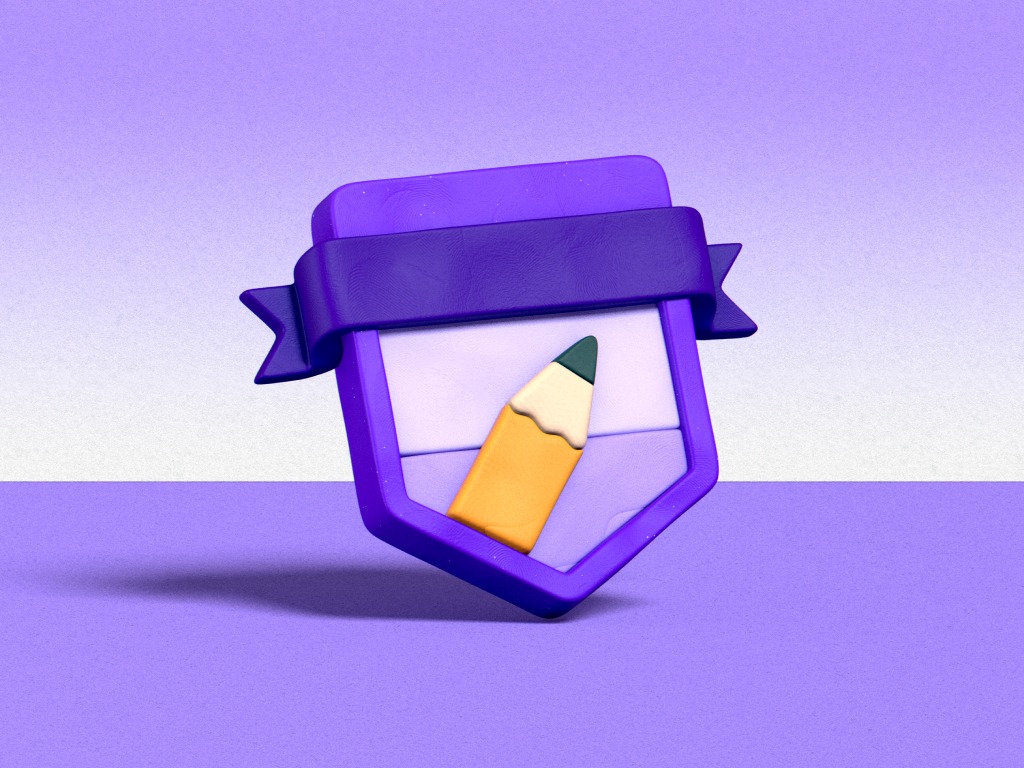

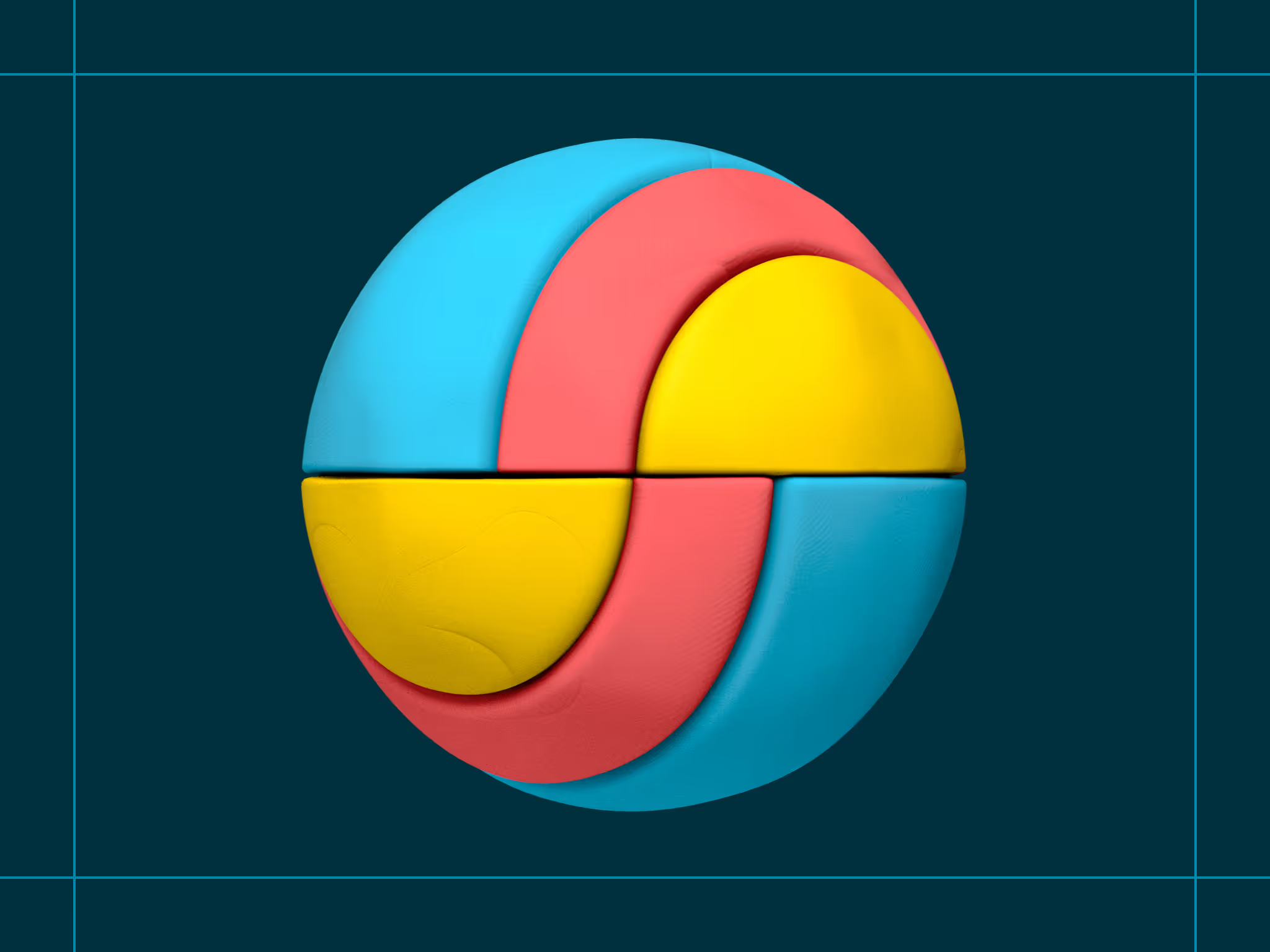
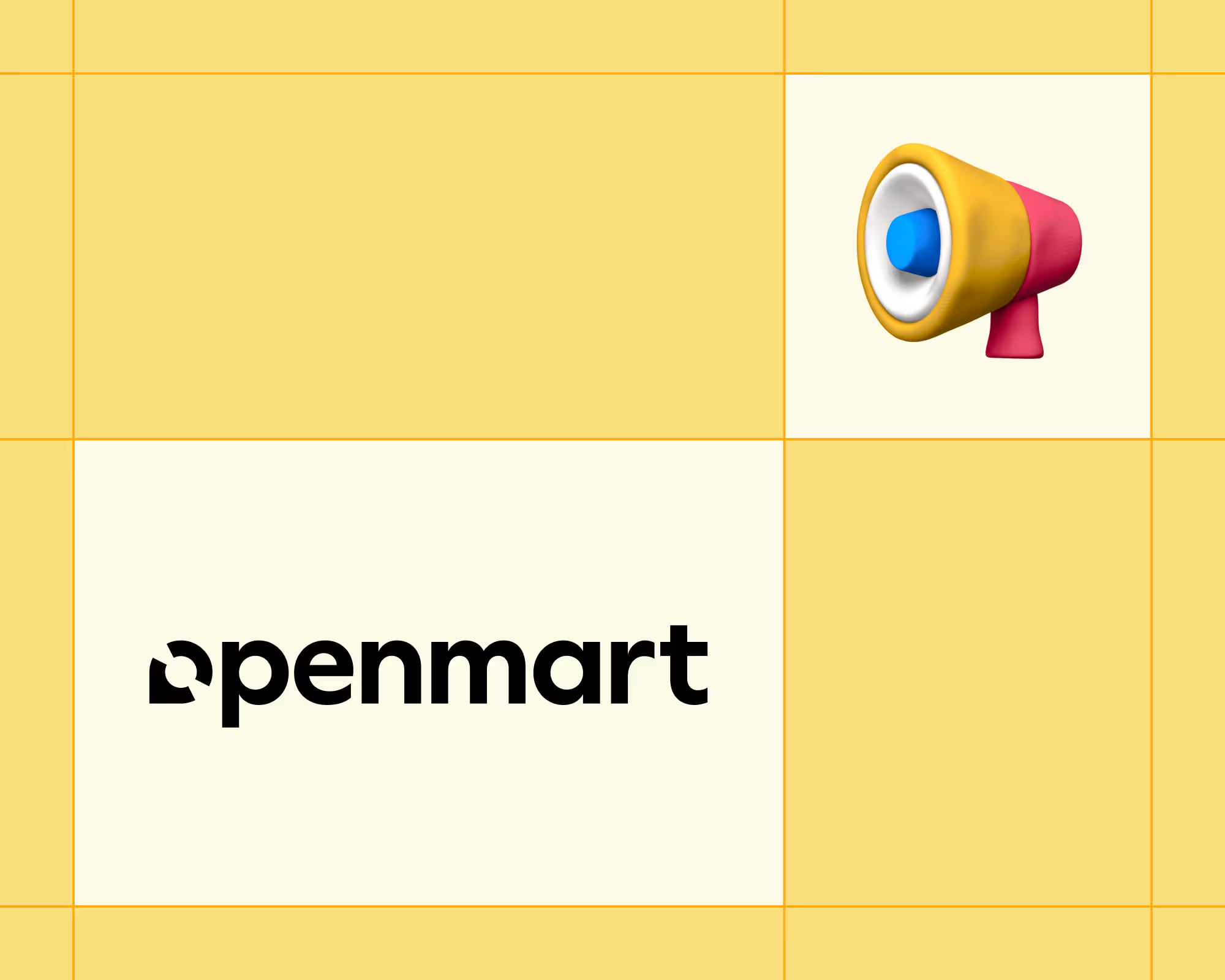
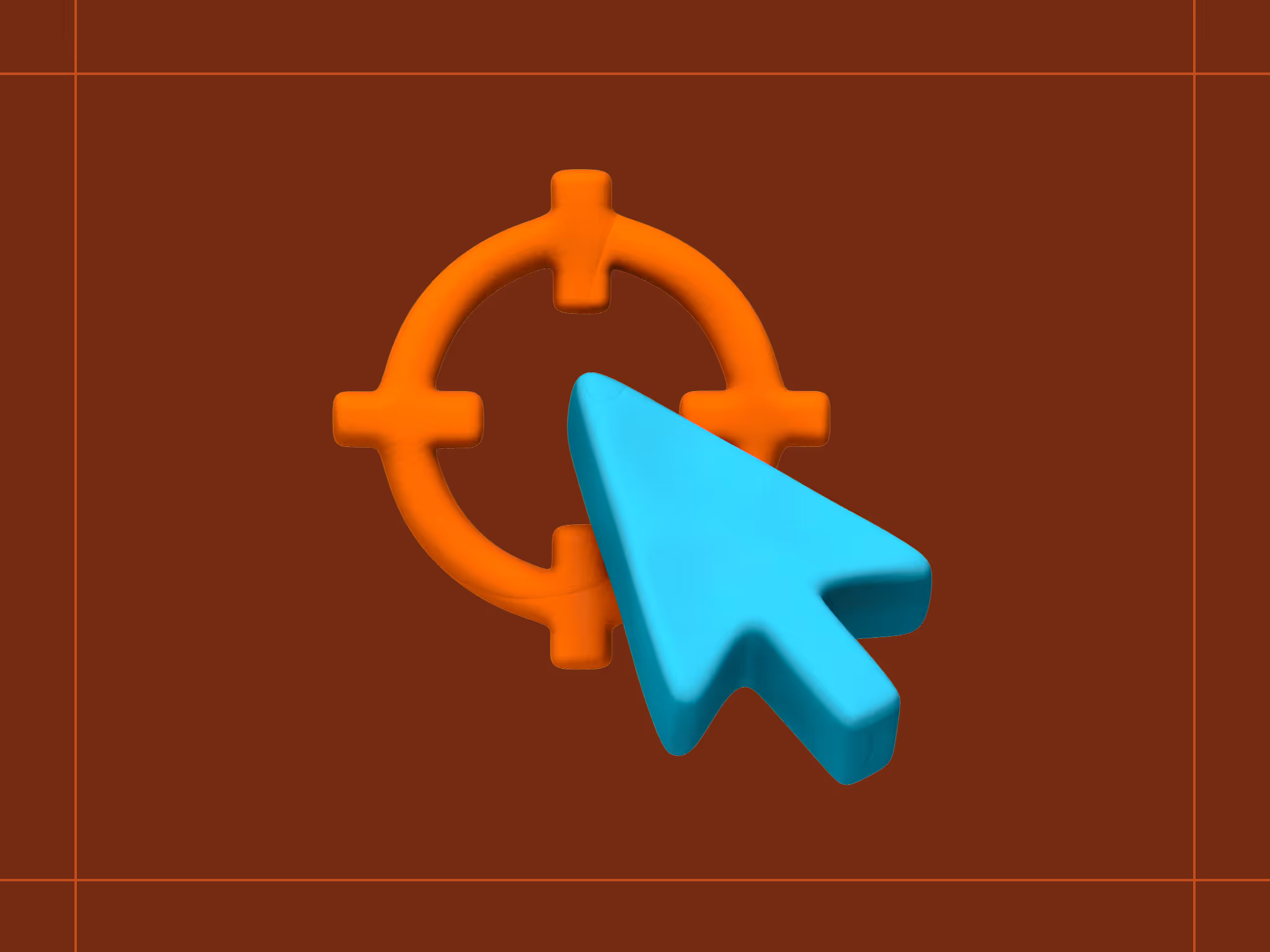
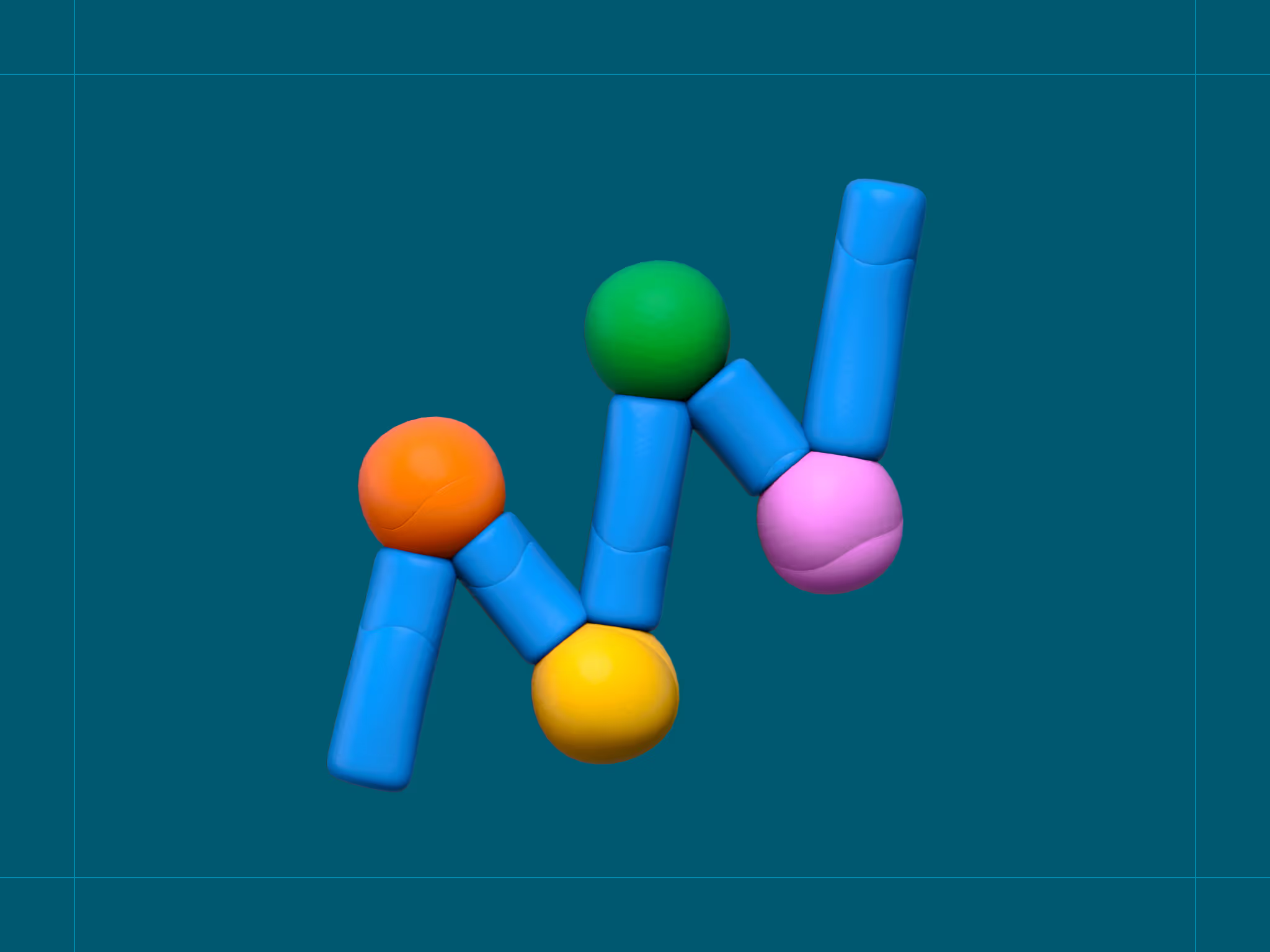
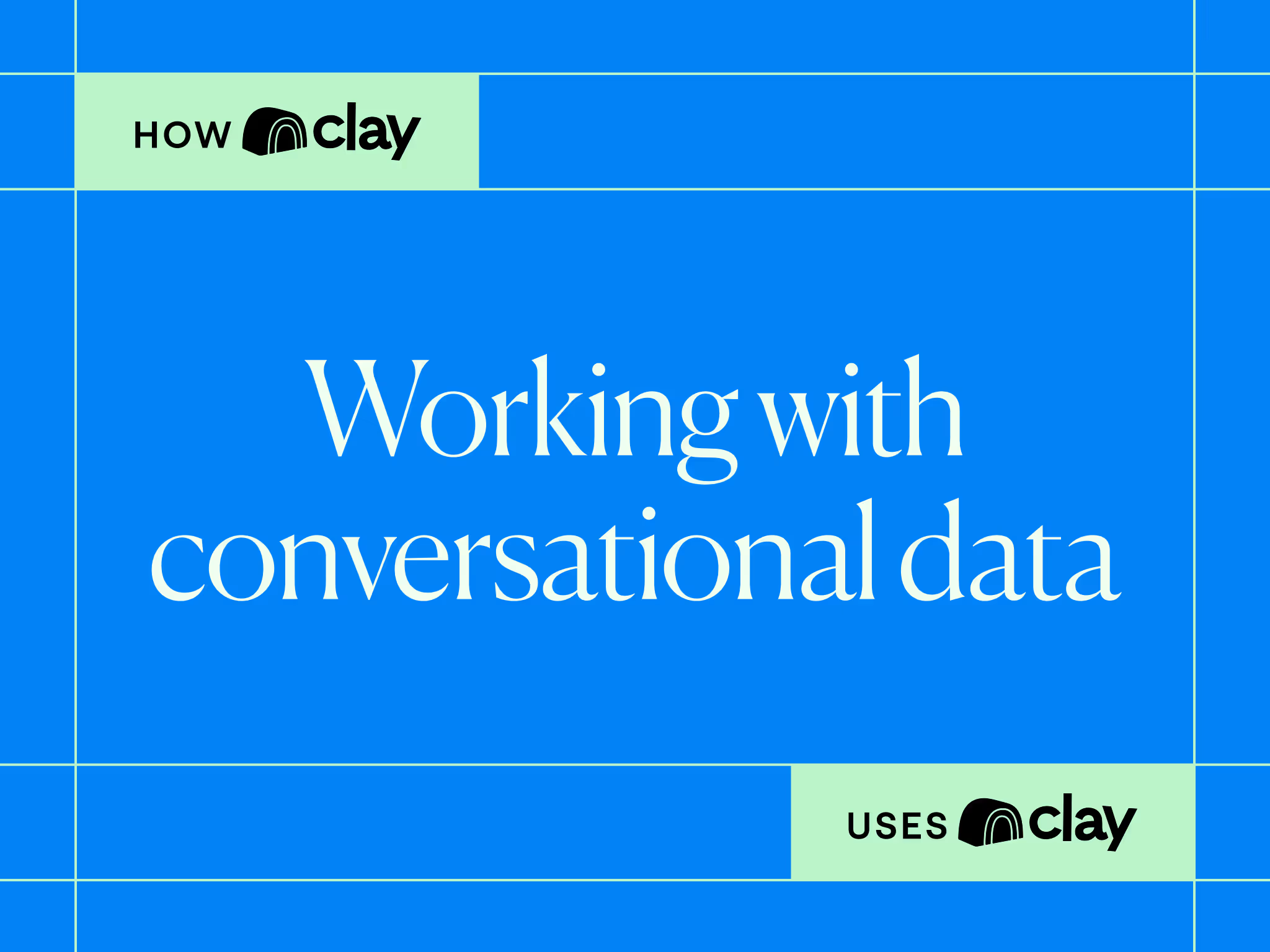
.avif)

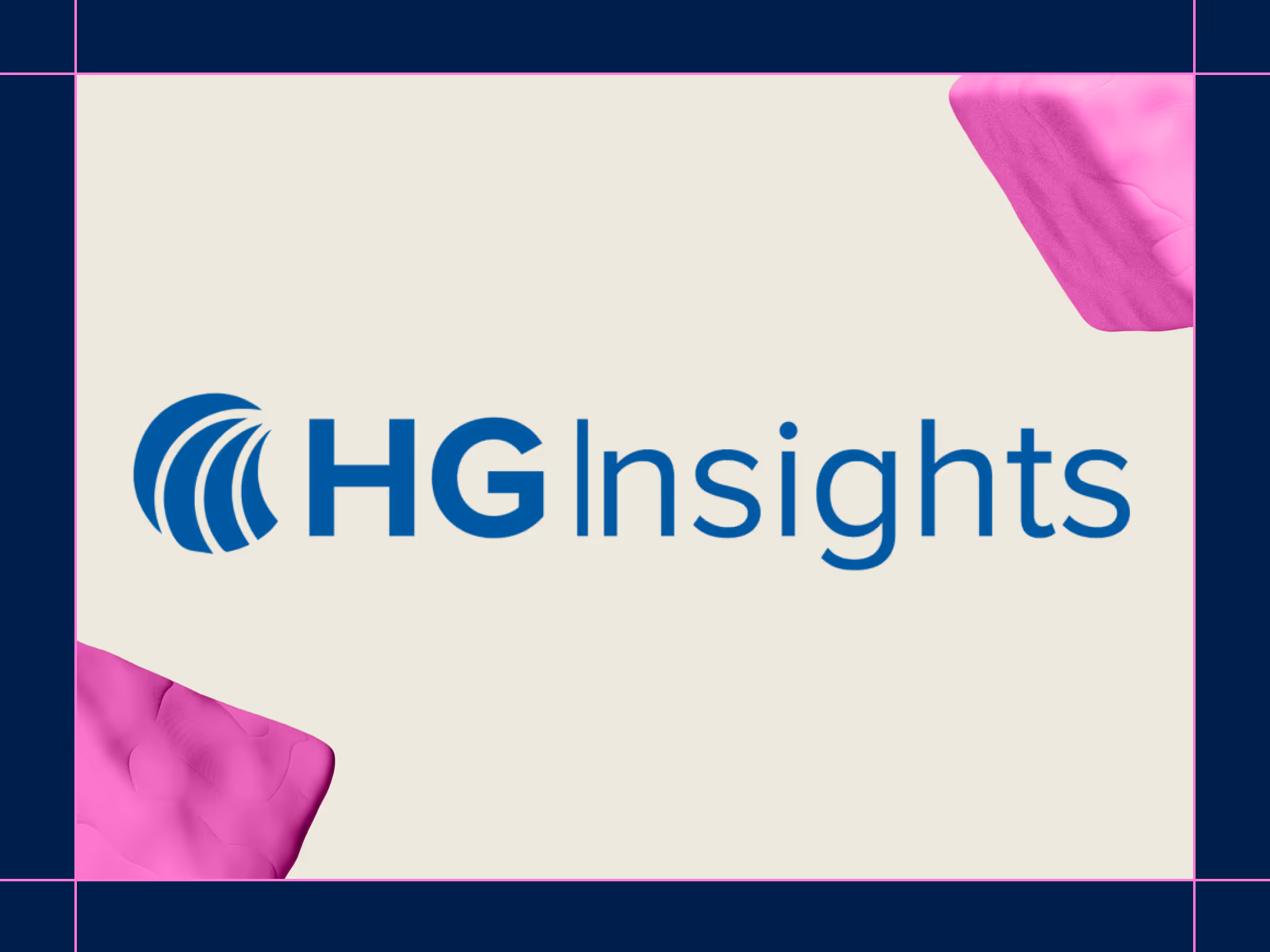



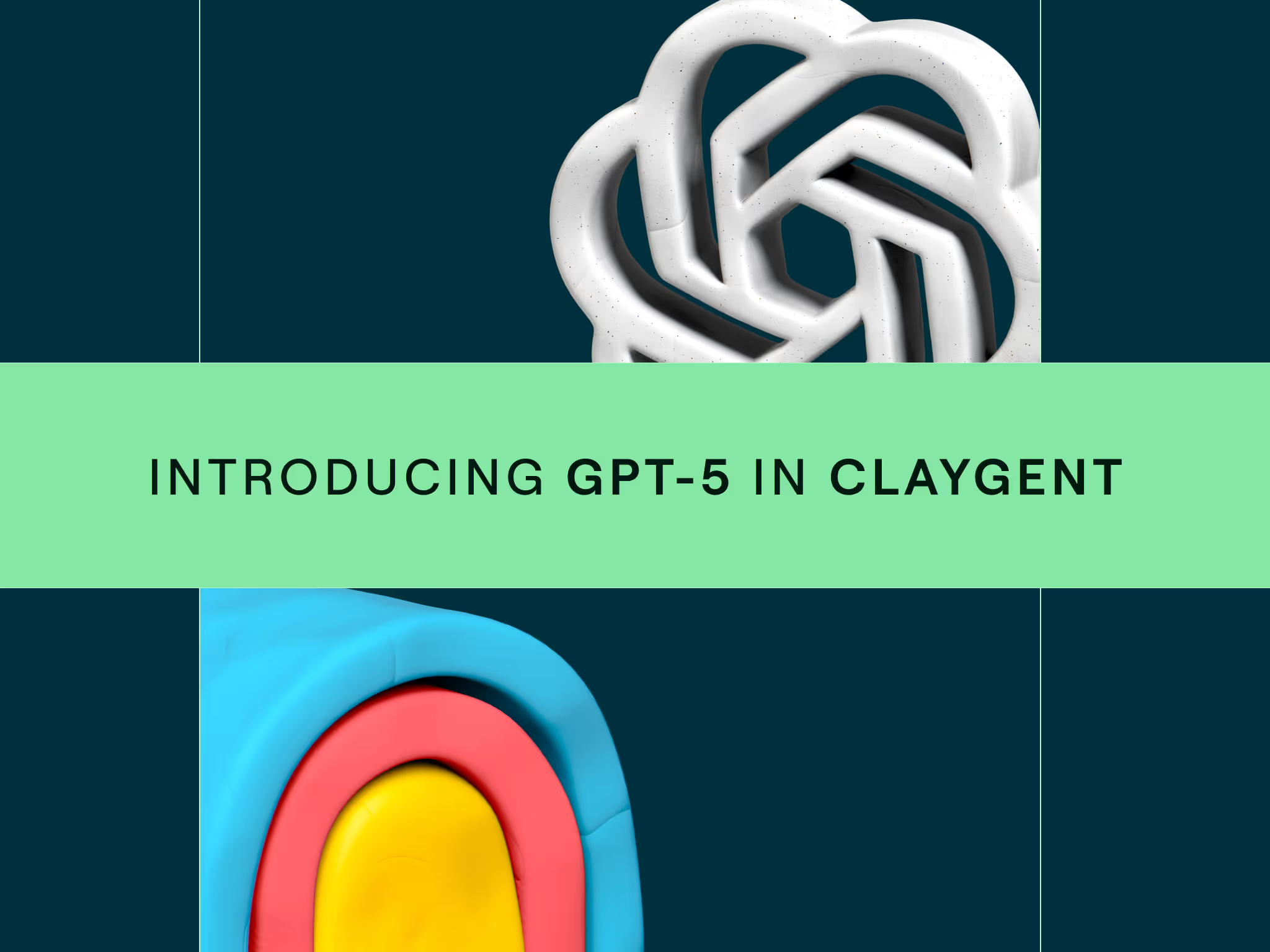
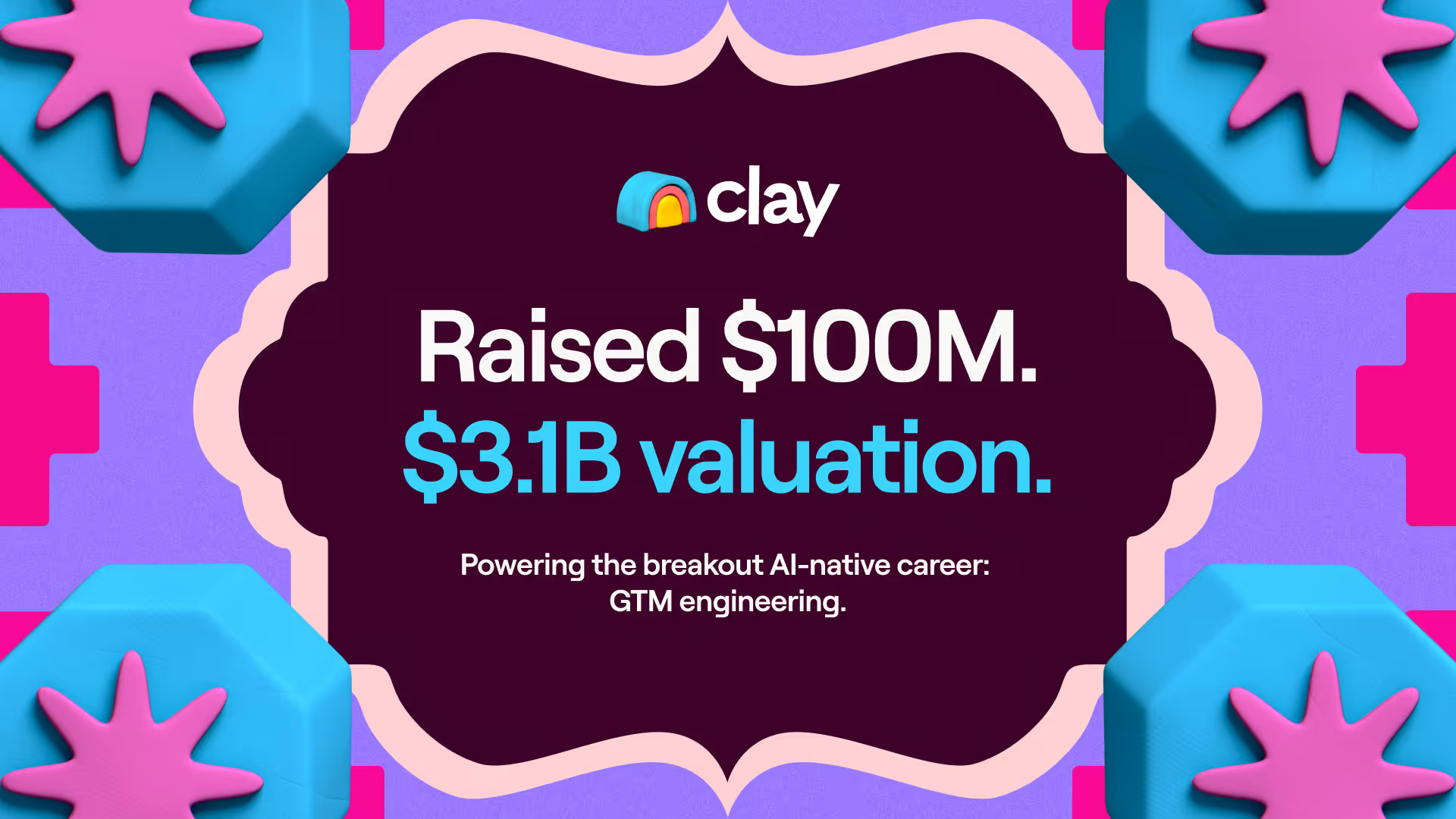
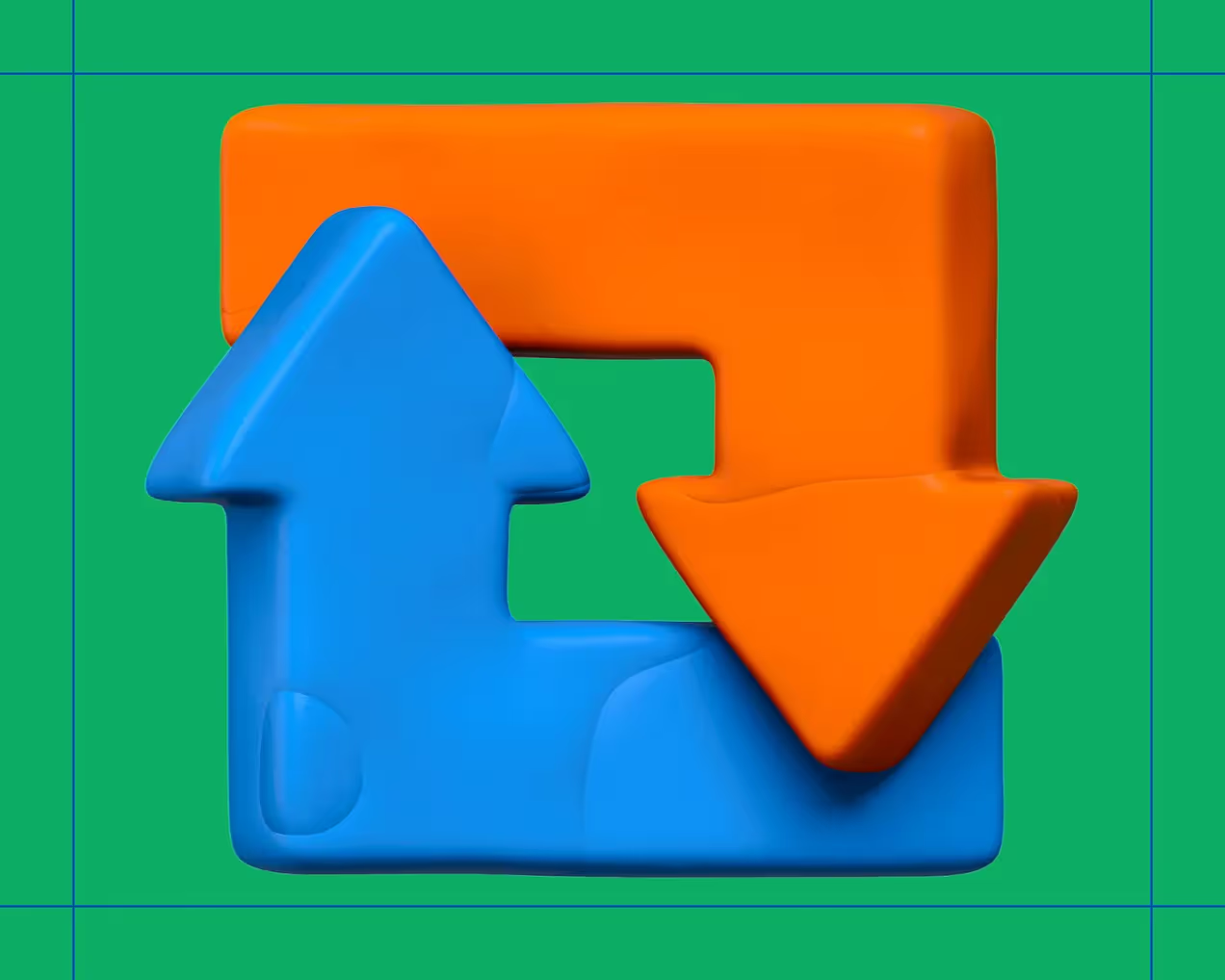



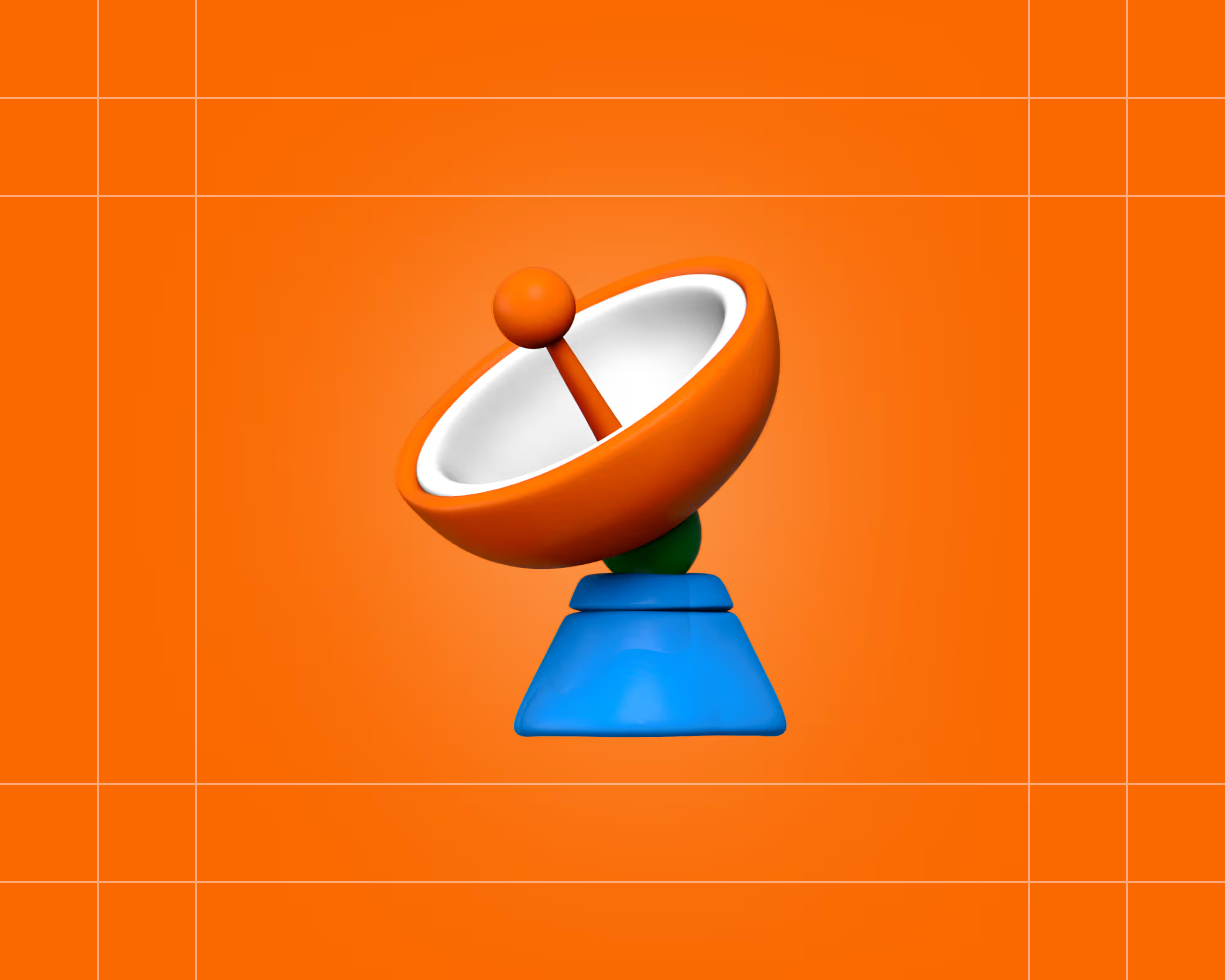

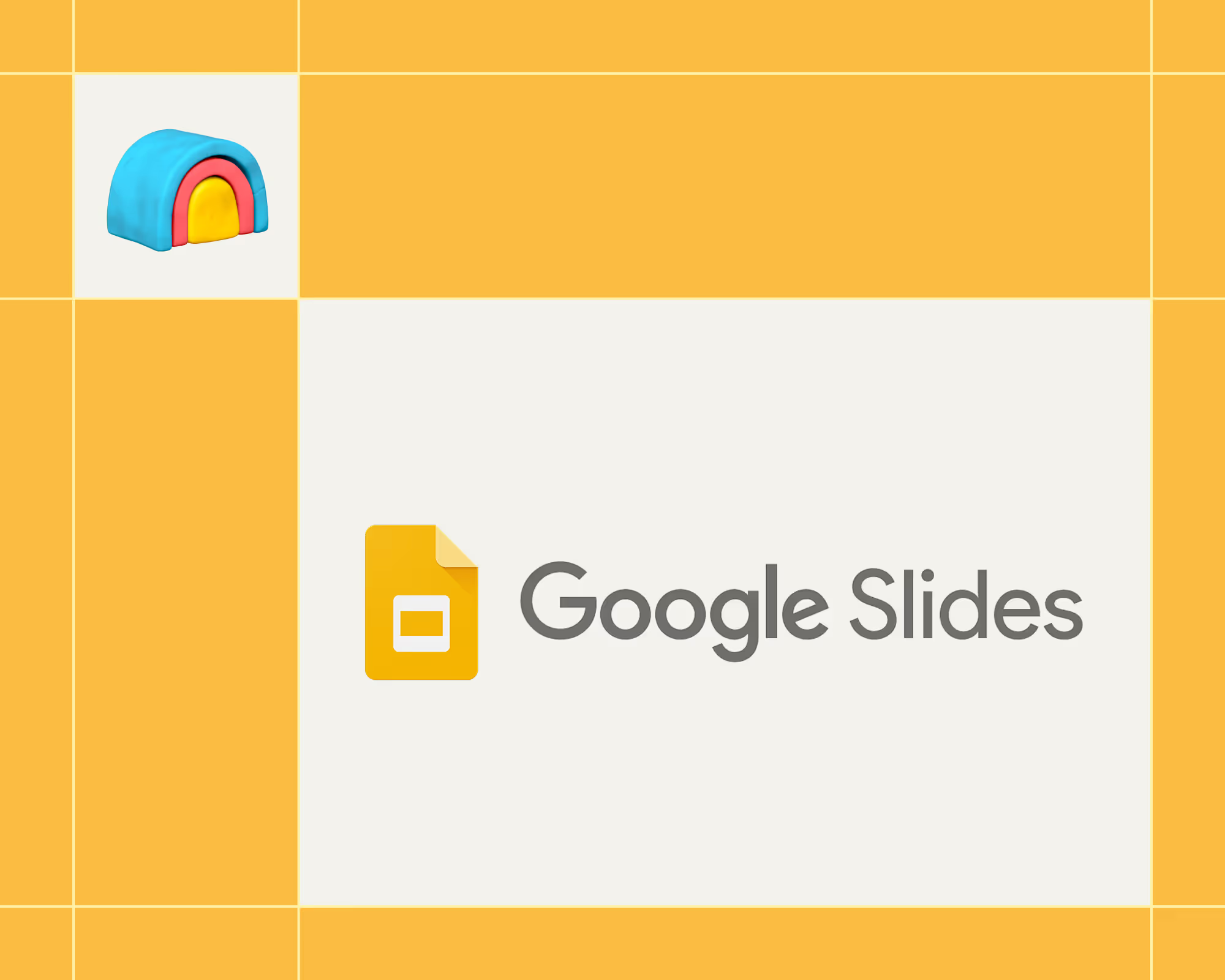
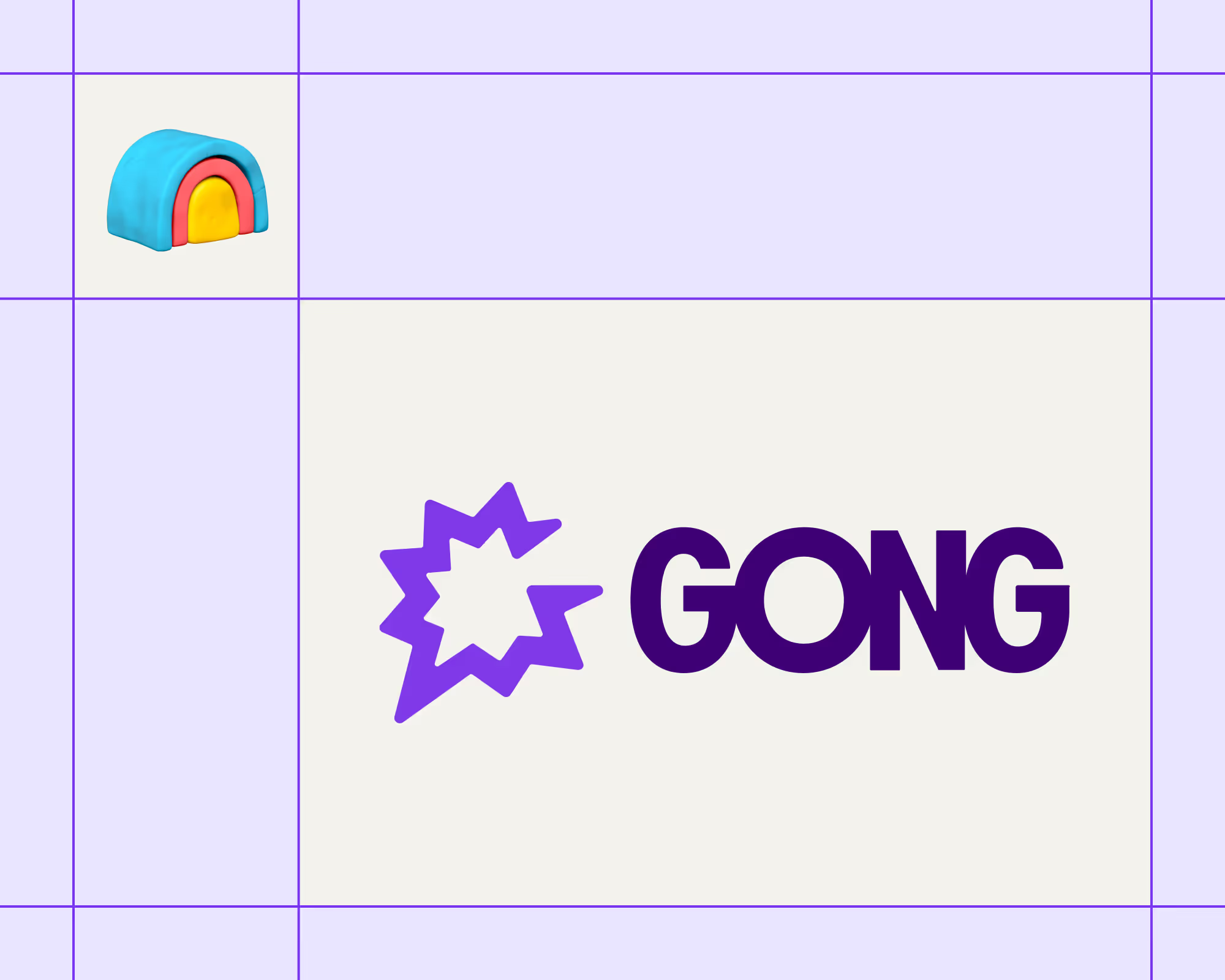

.avif)











.avif)
.avif)






















































